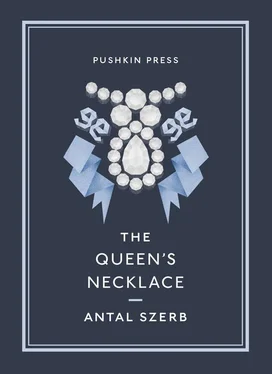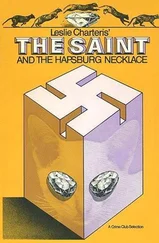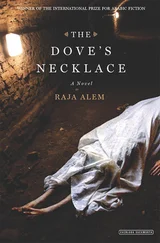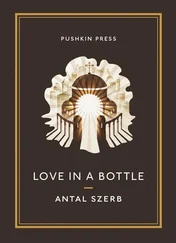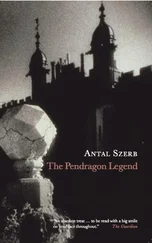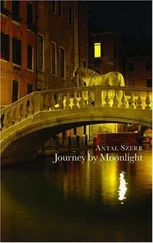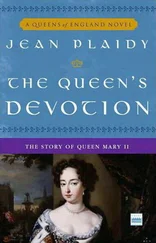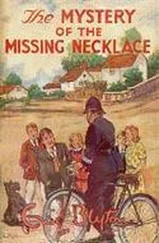“This pointless and purely ostentatious army of servants was viewed in Paris as a most dangerous form of corruption, and as their numbers grew ever larger it seemed only too frighteningly obvious that they would one day bring a major disaster down on society.” In the backyards and basements, a new social class was coming into existence — Figaro’s class. Intelligent, affluent and sharp-tongued, they had seen the aristocracy from close up, with no real experience of what lay behind the facade: they knew only one side, the weaker. As Hegel reminds us, no man is a hero to his valet.
On the other hand, the luxury enjoyed by the nobility enriched the citizenry both directly and indirectly. The money might drain away through the hands of the privileged, but it came to rest in the reservoirs of the bourgeoisie, and increased the general prosperity we spoke of earlier — which, paradoxically, was itself one of the most important reasons behind the changing times.
But to return to Vienna. The city had its own grands seigneurs , but the scale of Rohan’s magnificence astonished and enchanted everyone, and no one, it seems, was troubled by those financial concerns that, from the distance of a century-and-a-half, are so obviously disquieting. Rohan charmed everyone, even the cynically superior Emperor Joseph II and his wise and canny chancellor Kaunitz. He charmed everyone, with one exception — the one person who mattered — Maria Theresa.
Maria Theresa probably disliked him simply because everyone else was charmed, and here we can see just how blind Rohan could be. The Empress did not take kindly to a foreigner overshadowing her royal household in pomp and splendour — something the Habsburgs had quite understandably never liked. Their censor had even suppressed József Katona’s opera Bánk Bán on the grounds that it cast aspersions on the imperial house. And how could the Episcopal Coadjutor, accustomed as he was to French ways of doing things, understand how deeply his manner of life — so often unworthy of his position — might offend her religious sensibilities? No doubt the Empress saw him as the embodiment of the French frivolity and immorality that so alienated her. But perhaps, in the end, it wasn’t Rohan himself that she loathed so much as the people behind him, the vast entourage from whom she wished to protect her people.
She did all she could to have him recalled. She saw him as the ambassador to her Court not only of France but of the Powers of Darkness. She mobilised her envoy to Versailles, Mercy-Argenteau, and she mobilised her daughter, the Dauphine.
This constant call to action from her mother was one of the causes of Marie-Antoinette’s tragedy. The Empress regarded her daughter as a diplomatic instrument comparable to d’Argenteau, an attitude inherited by her son, Joseph II. But as far as Marie-Antoinette was concerned, her mother was the closest to her of all living creatures, and she sought to obey her in every way possible. For all her sagacity, the Empress did not know, or did not want to see, that despite the present alliance between her country and France the ancient enmity between the French and Germans was a far more deeply rooted affair; nor could she imagine that the same person could be at the same time a good Frenchwoman and a good German. As she wrote to her daughter: “Be a good German — it’s the best way of being a good Frenchwoman.” In short, she sacrificed her daughter to her political ambitions.
Not every child smothered with love by a mother who makes herself indispensable continues to feel strongly bound by that love. But we do sometimes see examples of the reverse — children who remain permanently tied to mothers who want to dominate them for ever. Maria Theresa did not exactly swamp her children with maternal affection — she would not have known how to. Like all Habsburg rulers, she sacrificed every moment to her implacable sense of duty. The Habsburgs ruled the way a born writer writes, and a born painter paints — in the middle of the night, waking between two dreams. For centuries they had had little time for tenderness. Their style was the direct opposite of the idle and voluptuous Bourbons’, with whom Marie-Antoinette, the most delicate flower of the Habsburg forest, was now entangled.
Of course we might think otherwise when we gaze on Maria Theresa’s imposing baroque tomb in the Capuchin cemetery in Vienna. The Empress sits enthroned amidst her offspring, the multitudinous little princes, like some ancient fertility goddess, a Magna Mater, the very symbol of motherhood. But her actual practice is revealed in the words of Marie-Antoinette, as recorded by that gifted writer, her Première Femme de Chambre (not, we repeat, ‘chambermaid’!), Mme Campan: “Whenever she heard that some foreigner of note ( un étranger de marque ) had arrived, the Empress would surround herself with her family, sit the little ones at table and create a tableau to suggest that she was bringing them up herself.” It was certainly not the case.
So it might well have been from a sense of duty that Marie-Antoinette adopted her mother’s stance of intense hostility towards Rohan. She had met him only once, in Strasbourg. It is possible she took a dislike to the rising young churchman even then. Carlyle may well be right: “Perhaps even then, her fair young soul read, all unconsciously, an incoherent Roué -ism, bottomless mud-volcano-ism, from which she by instinct rather recoiled.”
Carlyle was the second person, after Goethe, to give literary expression to the necklace trial, in his famous essay The Age of Romance , written from the necessary historical distance at the beginning of the last century. In what follows we shall be frequently quoting his highly compressed, savagely ironic and eloquent phrases. In the lines transcribed above he employs the term ‘ roué ’. The word is still in use today, but it first became current in Rohan’s time. Originally it signified the sort of man who ended up being broken on the wheel; then, once it became fashionable, someone who simply deserved such a fate. But it was not just the word that came into vogue: so did the behaviour. A great many people aspired to the name. Mercier has some important remarks on the subject, if our reader would care to hear them:
“‘What is an ‘ aimable roué ?’ a foreigner who thinks he understands French might ask. He is the sort of man of the world who has neither virtues nor principles, but gives his vices a veneer of charm and dignifies them by means of his agreeable wit … If the foreigner is then surprised that such an expression should take root in our language, he will find that gallows humour has a long history in our common parlance. Thirty years ago an abbé was hanged for a banking fraud. The miserable fellow hesitated at the foot of the ladder leading up to the scaffold. ‘Come, come, M Abbé,’ said the hangman, ‘don’t be such a bébé .’ Another time, a drunk came out of a pub in the Place de la Grêve, just as they began an execution. The man on the wheel started bellowing, cursing and swearing in his agony. The drunk raised his head towards the scaffold, took offence at what was being said, and called out: ‘There’s no need for rudeness, even if they are breaking you on a wheel.’ This quip was much admired in aristocratic circles.”
So far as the two Queens were concerned, Rohan’s chances were ruined for ever by the indiscretion of Mme du Barry. At the time Prussia and Russia had just carved Poland up between them. Maria Theresa, while strongly condemning their actions, could do nothing about them and demanded a share for Austria. Rohan, who had a justified reputation among his contemporaries as a wit, took the occasion to write to the Duc d’Aiguillon: “Maria Theresa holds a handkerchief in one hand to wipe away her tears, and a sword in the other, hoping to becoming the third partner in the spoils.” D’Aiguillon sent the letter to Du Barry, who took great delight in reading it aloud to her guests over dinner, and they were quick to repeat the contents to Marie-Antoinette the following day.
Читать дальше
